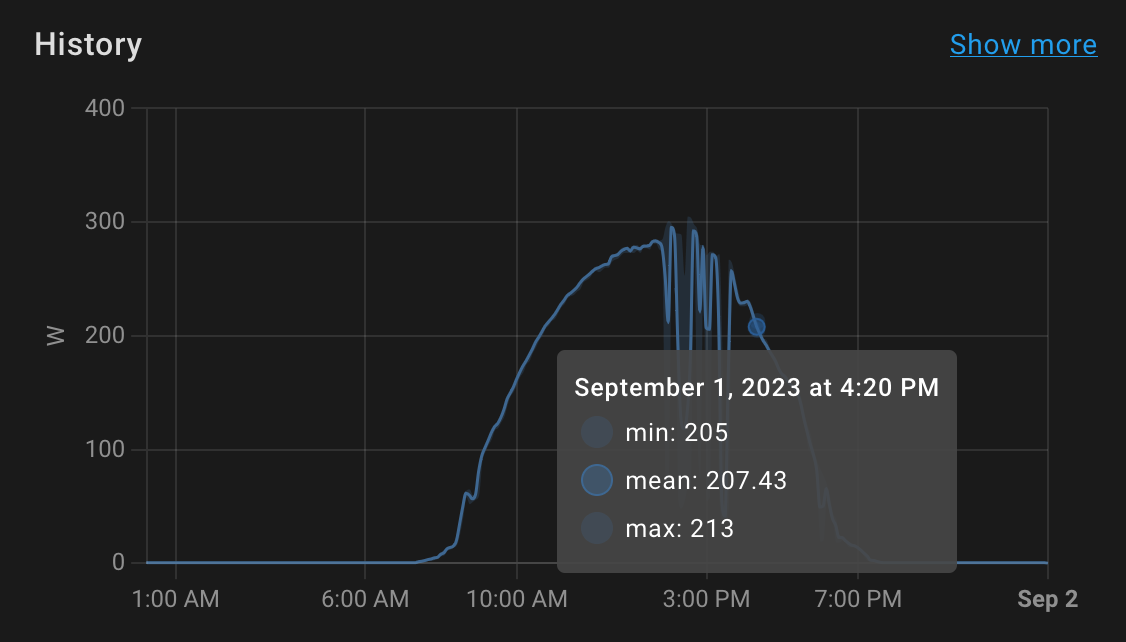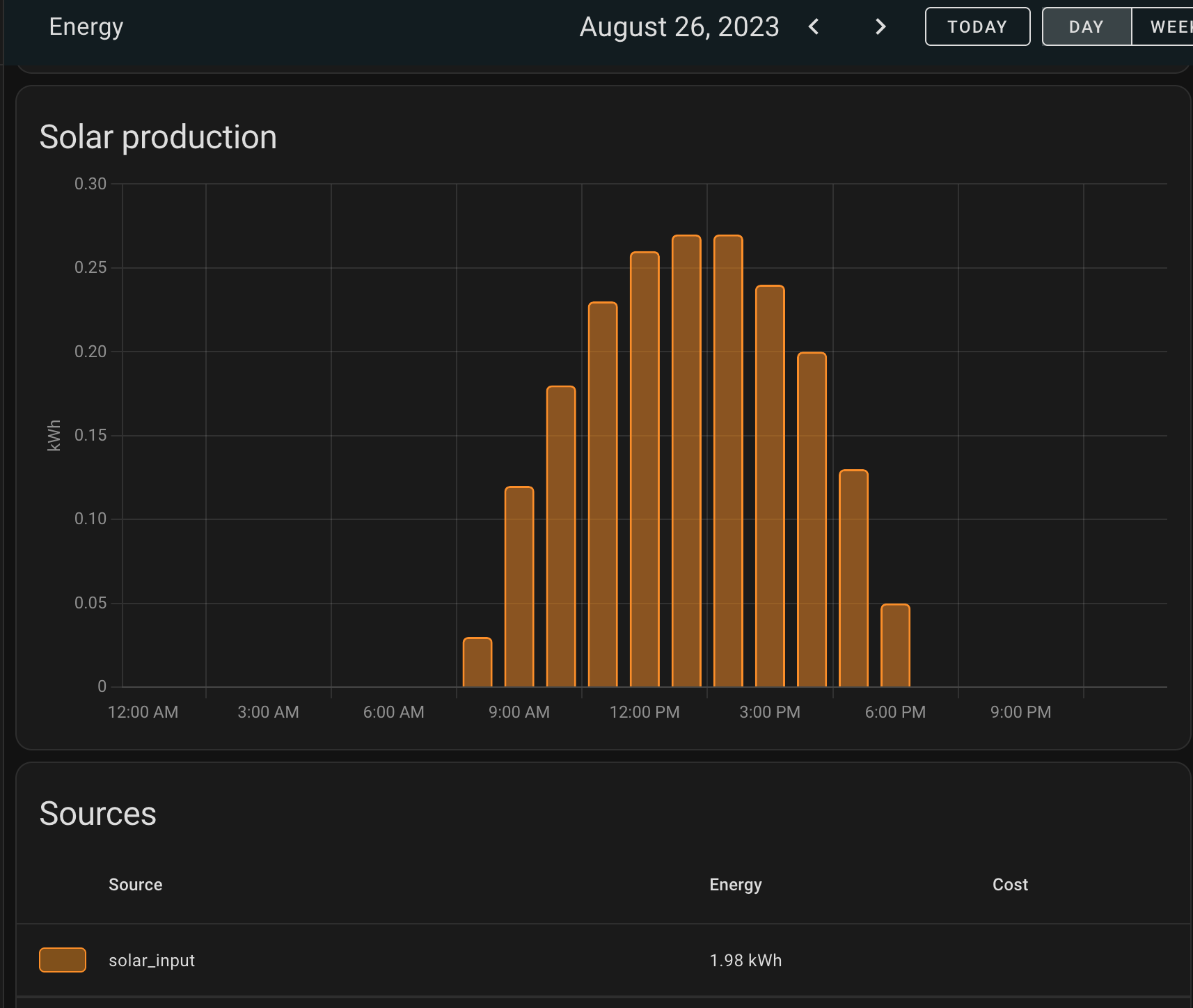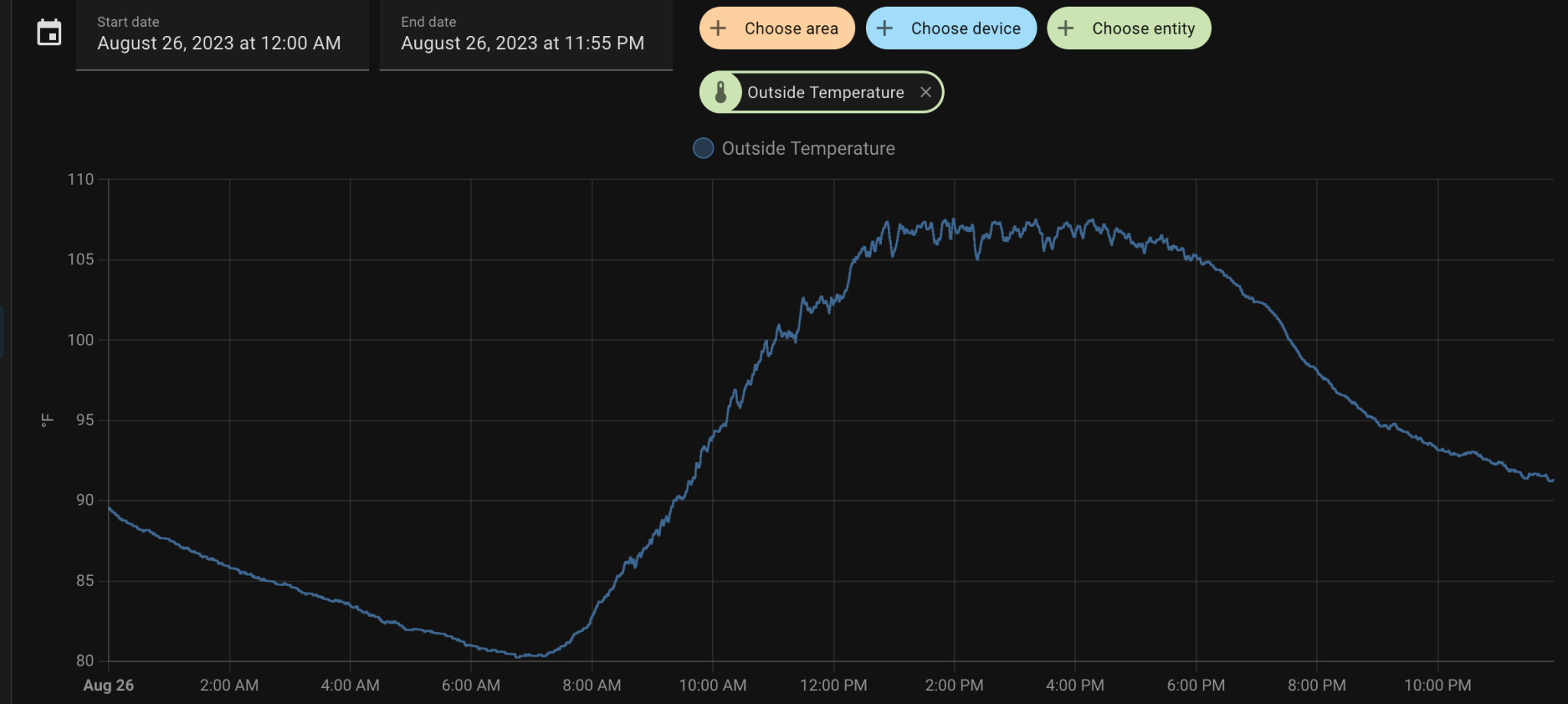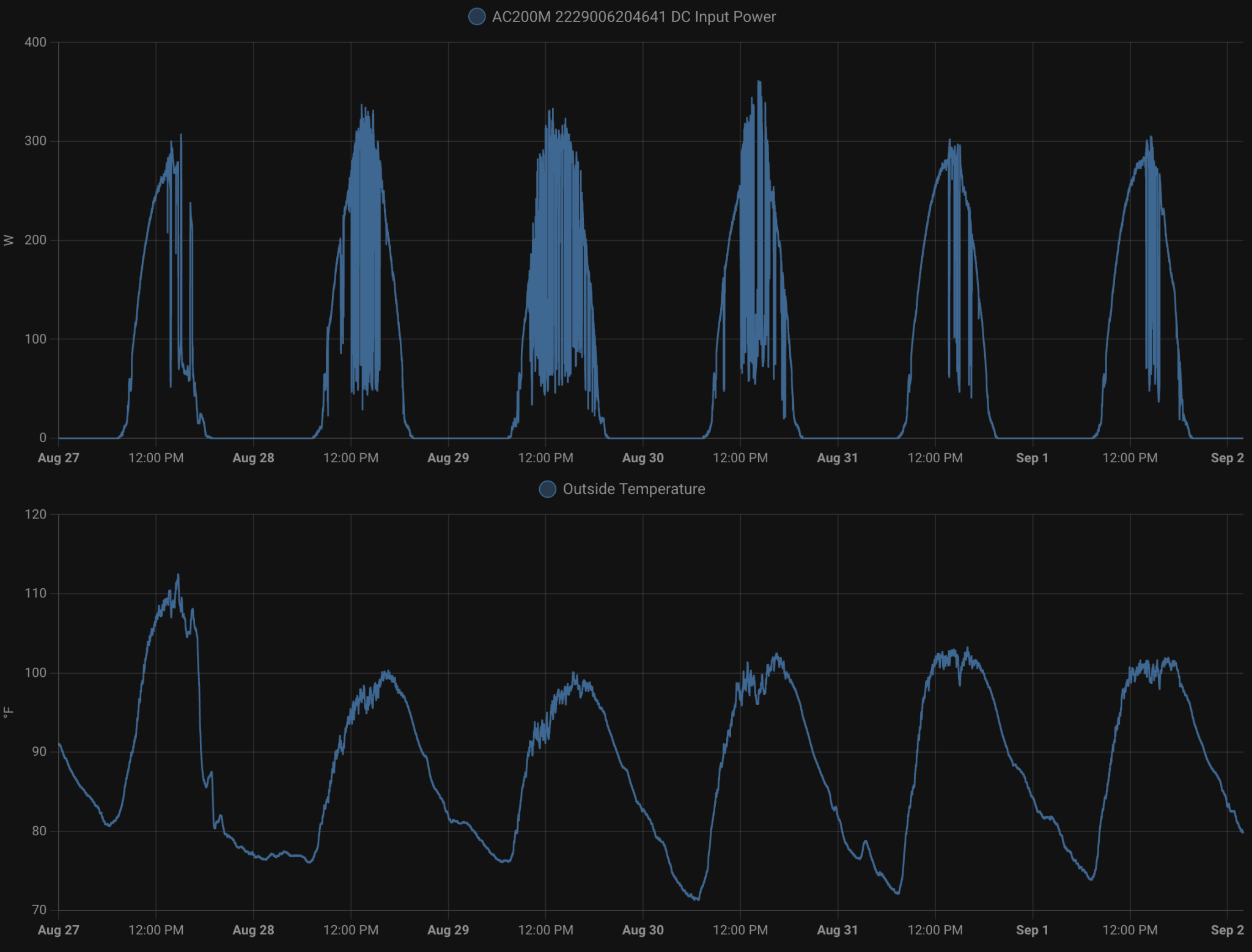Okay also I’ve been driving electric cars long enough now to be really emphatic that the fact that they’re not all automatically built with solar panels in the roofs is a scandal.
And somehow almost every time I tell anyone this they roll their eyes and attempt to explain to me that this would not create a perpetual motion machine because of the limitations of the area relative to the power draw of the motor, which is incredibly annoying because that’s not the point.
Yes it’s possible that driving in the sunshine with a solar collector dripping into the battery would net you a little more mileage on that trip before needing recharge, but the usefulness of a solar-topped electric car is that if you drive it someplace–say, to work–and leave it outside in the sun all day, you’ll definitely have more range available by the time you’re ready to head home.
Also if you fuck up your calculations because of the inefficiency induced by cold weather or something and get yourself stranded without anywhere to charge, like halfway up a mountain or, more likely, six miles from home, you can call for rescue or walk away, come back later, and it’ll be able to move again.
This is important because unlike running out of gas you can’t really go get some electricity.
like imagine if some of the energy that turns into face-melting air when you first turn the AC on was stored as electricity instead of going to waste
Imagine if electric cars were designed and sold on their merits as practical devices and not toys for the rich.
Rebloging to scream that last bit to the back
Solar panels are WILD. After buying some and using them for a year there’s a lot of things that are just NOT intuitive about them, so I wanna do the math on this:
The roof of my car has an area of 1.504m^2 (Its a 2012 honda civic and I used a tape measure, so this figure is lowballed)
The highest energy solar panels I can find have a power generation of 550W with 22.8% conversion efficiency, but they ALSO have an area of 2.581m^2.
Assuming the same conversion efficiency (we’ll get to the constraints on that later), a solar panel the size of my car roof has a theoretical power generation ability of 0.582x that solar panel or 320W.
So now that I have that, I can start talking about how SUPER finicky they are!
I’ve got two solar panels, hooked up in series (b/c the cable run is non trivial and higher voltage is better WRT power transmission. thanks, obamahm’s law)
They reach 50% peak output at about 10:30 AM, and then go back down below 50% peak output shortly after 4:00PM:


(The massive dips are clouds. Don’t feel I need to talk about them)
Getting the right angle matters a LOT. You really want the panels as close to perpendicular to the sun as you can get them.
Unless you live right on the equator. that’s the first, biggest issue for putting them on a car roof. I have to switch between summer and winter angles because of this. Where you have a lot of space like a house roof you can assume worst case and provision for that.
I find that being off angle causes a 40-50 % power reduction so even at the equator the car has 6 or so hours where it can generate over 50%.
(There is a 0.05% loss from panel aging over a year period but we’re assuming rated capacities as bought)
I’m gonna take August 26, 2023 because it looks like a fairly typical day in terms of solar power generation, tho I will say it hit 108F (107.5F / 41.94C) outside that day (this is a surprise factor we’ll talk about later):


I don’t get the full power from the panels as stated above so the correction factor from received vs theoretical (this is actual maximum received vs rated maximum because of cable length and the next point) looks like:
Time Ratio
1100: 60%
1200: 76%
1300: 86%
1400: 90%
1500: 90%
1600: 66%
Applying this to the car roof you get
320* 0.60 = 192Wh
320* 0.76 = 79Wh
320* 0.86 = 275Wh
320* 0.90 = 288Wh
320* 0.90 = 256Wh
320* 0.66 = 211Wh
For a total 1.3kWh or 1.3% of the battery of the 100 kWH of a tesla model S.
And thats SUPER generous, because I never actually get it. Turns out that solar panel output is dependent not only on isolation but the temperature of the of the panel itself. To the point that I can increase the output of the panels if I just start misting them. You can see how much panel temp makes a difference here:

(Top is power production, bottom is average ambient air temp)
Cloudy days cause the biggest peaks because of the two panels getting occluded, cooled off, and then being re-exposed to sun.
If I actively cool the panels by spraying water on them I can see a 10-30W swing in power output. But, I live in Texas so this is not a feasible thing to do.
I’m sure putting them on the roof of a hot car would not help here.
Also not really sure the 320W max output of the panel (with the space vs conversion efficiency assumptions, and ignoring the 78% of the insolation turned into heat) would be a benefit over the the extra weight of the panels as the car roof is now solar panels + car body as metal has to be be kept there for safety reasons.
I don’t really got a point here other than:
Solar panels are just WEIRD.
That’s all I got. Thank you for coming to my Tev talk.